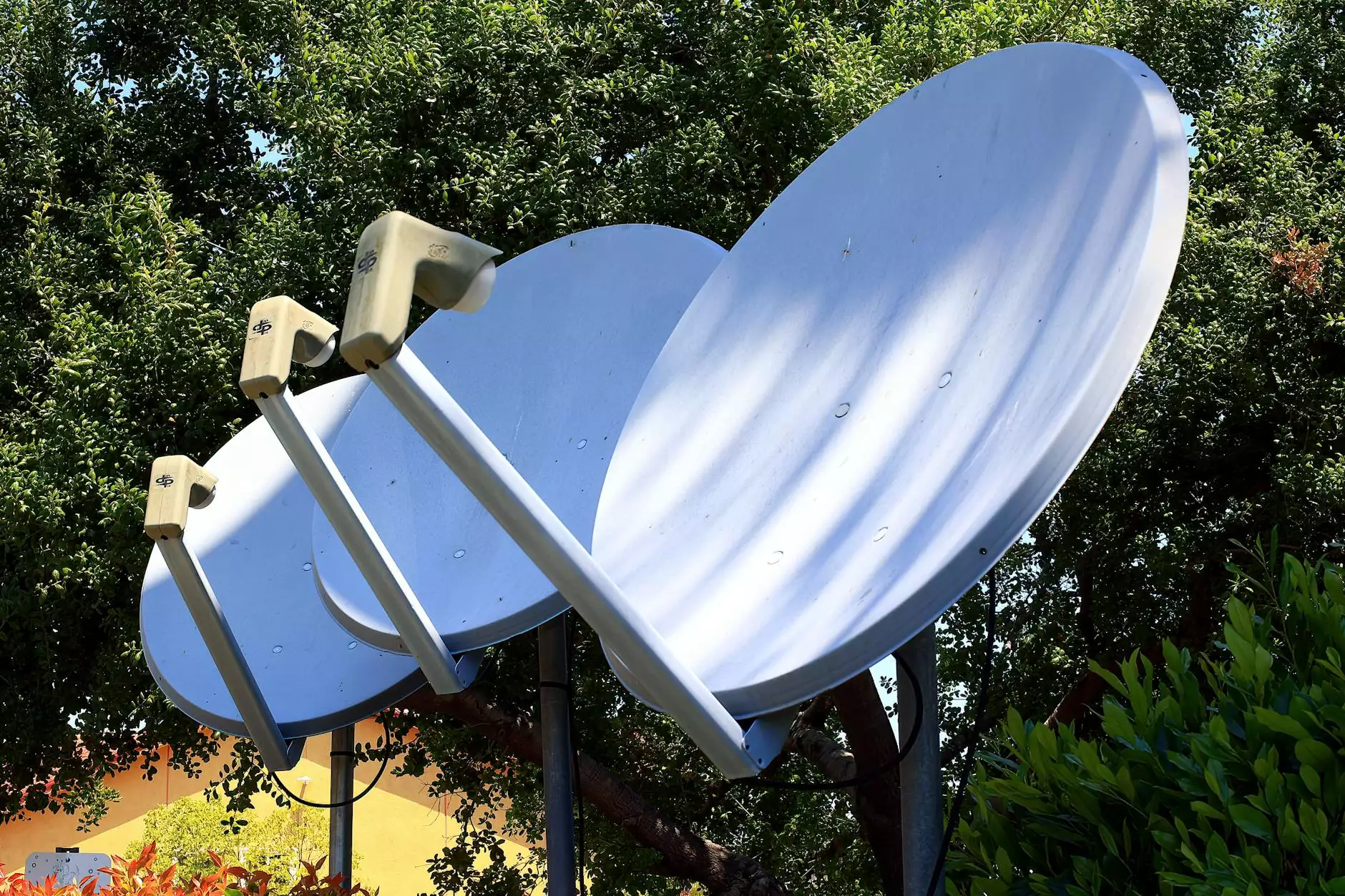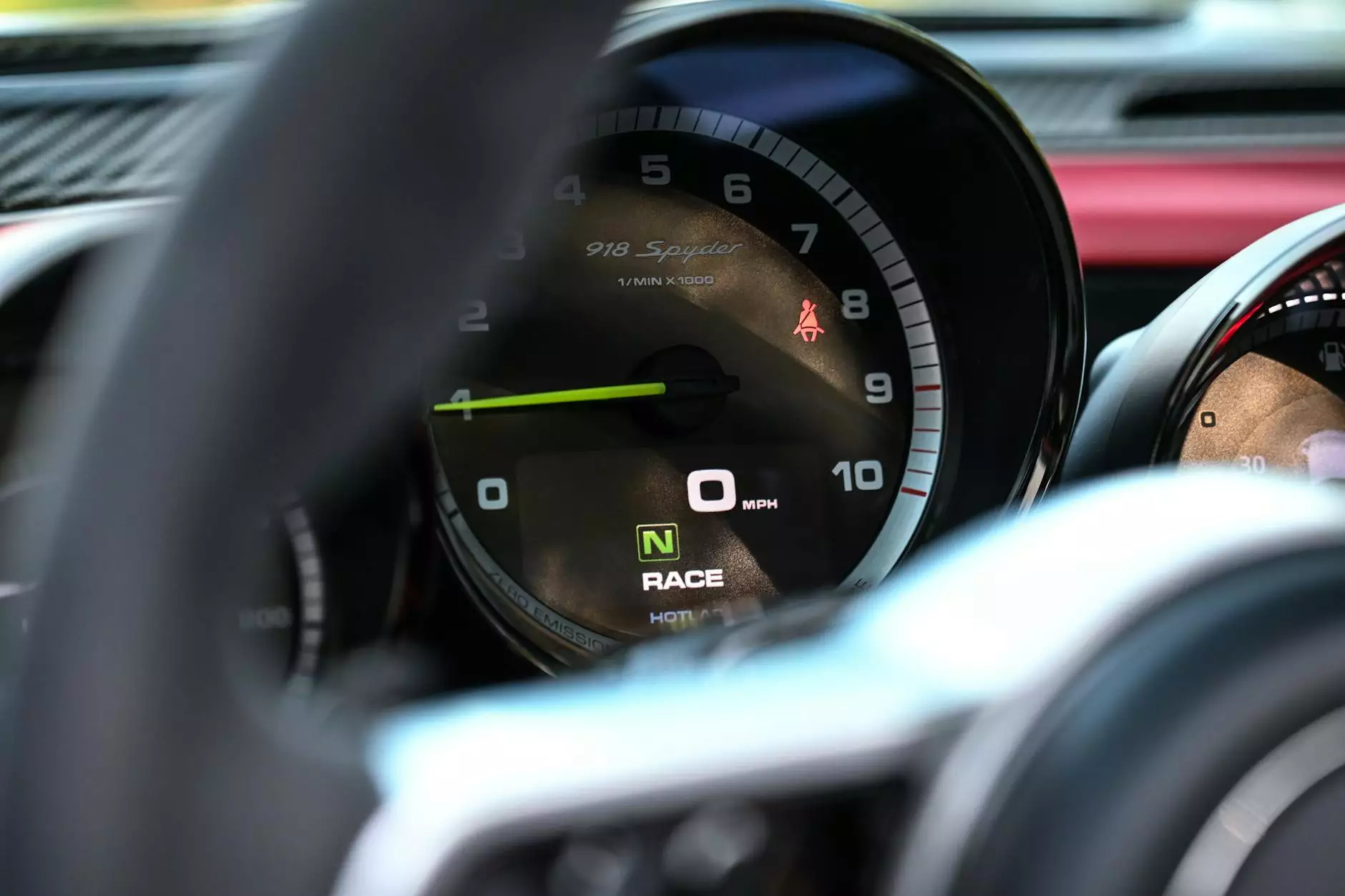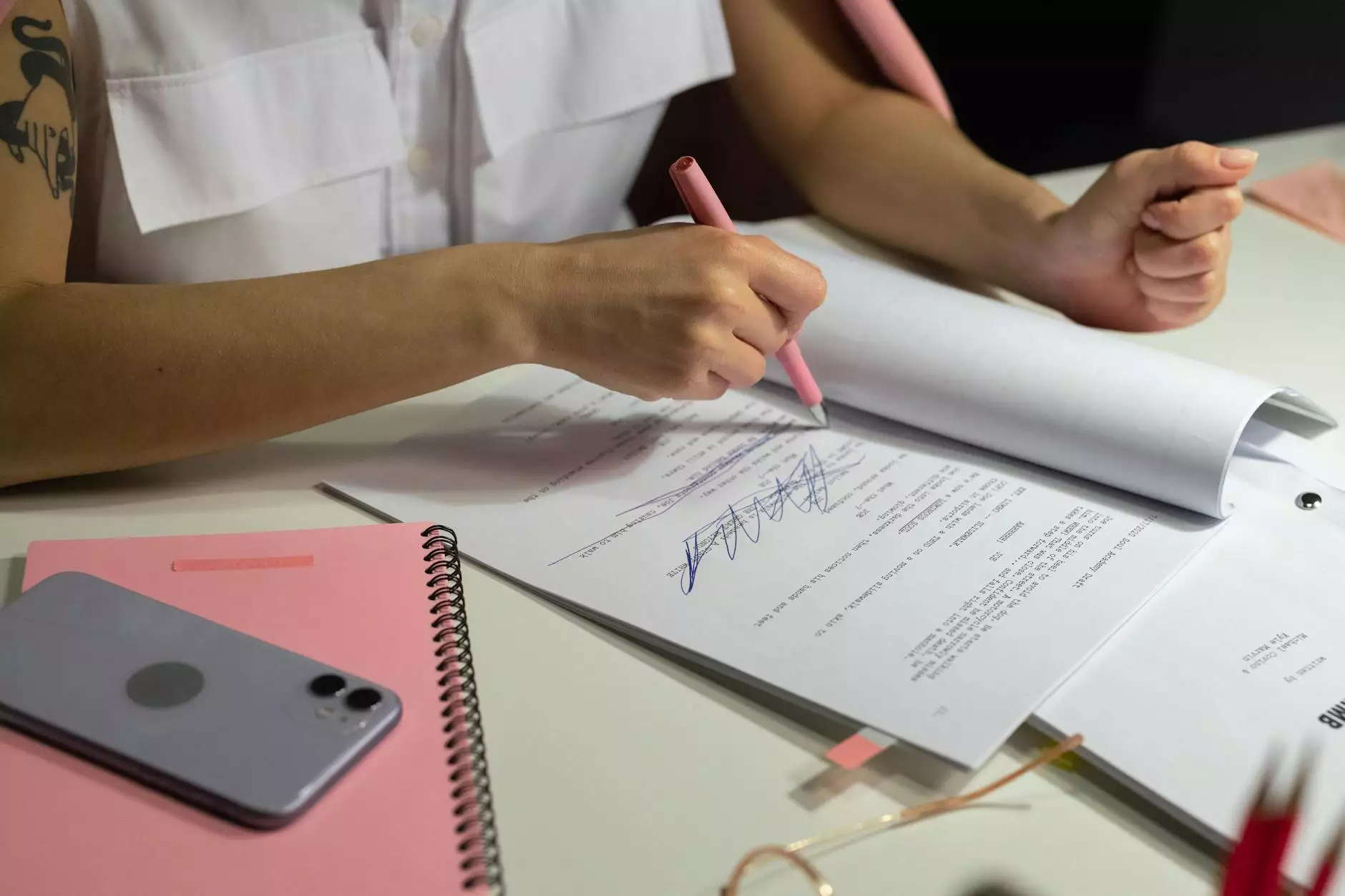Understanding Endovenous Laser Vein Ablation: A Modern Solution for Varicose Veins

Varicose veins are a common yet troublesome ailment that affects millions of individuals worldwide. Traditionally, treatments varied in their approach and effectiveness. However, the advancements in medical technology have introduced innovative techniques such as endovenous laser vein ablation (EVLA). This article delves deep into what EVLA entails, its benefits, the procedure involved, and what individuals can expect during recovery.
What is Endovenous Laser Vein Ablation?
Endovenous laser vein ablation is a minimally invasive procedure that targets varicose veins by using laser energy to seal them shut. This technique is specifically aimed at the great saphenous vein and its tributaries, which are often the underlying cause of venous insufficiency.
How Does it Work?
The EVLA procedure employs a laser fiber that is inserted into the affected vein through a small incision. Once in place, the laser emits energy that causes the vein walls to heat up and collapse, effectively closing the vein. The body then reroutes blood through healthier veins, enhancing circulation and alleviating the symptoms associated with varicose veins.
Why Choose Endovenous Laser Vein Ablation?
The prevalence of EVLA has surged over the past few years due to its numerous benefits. Below are some compelling reasons why patients opt for this method.
- Minimally Invasive: Unlike traditional vein stripping, EVLA requires only small incisions, minimizing pain and reducing recovery time.
- Quick Recovery: Most patients can resume their regular activities within a few days post-procedure, making EVLA a convenient option.
- High Success Rate: Studies show a success rate exceeding 90%, with many patients reporting significant symptom relief.
- Local Anesthesia: The procedure is performed under local anesthesia, ensuring patient comfort and safety.
- Reduced Risks: The laser technique minimizes potential complications traditionally associated with vein treatments.
The Procedure of Endovenous Laser Vein Ablation
Understanding what to expect during the EVLA procedure can dispel many concerns and anxiety patients might have. Here’s a step-by-step overview of the process:
1. Pre-Procedure Consultation
Before the procedure, patients will undergo a thorough evaluation, which includes:
- A detailed medical history review
- Physical examination
- Ultrasound imaging to assess the veins
2. Preparation for the Procedure
Patients are usually advised to wear comfortable clothing and to arrange transportation for after the procedure. In some instances, patients might be asked to avoid certain medications and supplements before their appointment.
3. Conducting the Procedure
During the procedure, the following occurs:
- Anesthesia: Local anesthetic is administered to numb the area around the affected vein.
- Insertion of Laser Fiber: A thin catheter is inserted through a small incision, guiding the laser fiber into the vein.
- Activation of the Laser: The laser is activated, emitting energy that causes the vein to collapse and seal.
- Post-Procedure Care: Once the vein is closed, the catheter is removed and a compression bandage is applied.
4. Recovery from the Procedure
Patients are typically monitored for a short period post-procedure and then discharged with instructions. Key recovery tips include:
- Wear compression stockings for support.
- Avoid prolonged sitting or standing.
- Follow up with the doctor as scheduled.
Benefits of Endovenous Laser Vein Ablation
The advantages of choosing endovenous laser vein ablation extend beyond ease and comfort. Here are several benefits highlighting why this innovative procedure is gaining traction:
1. Effective Treatment for Varicose Veins
Numerous studies have demonstrated that EVLA is not only effective in treating varicose veins but also in preventing further complications related to vein issues.
2. Minimizes Recurrence
With proper aftercare and lifestyle adjustments, the chances of further varicose veins forming are significantly reduced, providing long-term relief for patients.
3. Enhanced Quality of Life
Many patients experience a significant improvement in their daily activities and quality of life post-treatment. Symptoms such as pain, heaviness, and swelling are often alleviated.
4. Cost-Effective Option
While the initial cost of EVLA may seem higher than traditional methods, the long-term benefits and reduced need for further treatments can make it more cost-effective overall.
Potential Risks and Considerations
Like any medical procedure, endovenous laser vein ablation is not without risks. However, complications are rare. Some potential risks include:
- Bruising: Some patients may experience bruising where the laser was applied.
- Thrombophlebitis: Inflammation of the veins may occur.
- Sensitivity: Patients might feel some sensitivity or discomfort in the treated area.
Before proceeding with EVLA, it's essential to discuss these potential risks with a healthcare professional, ensuring all questions and concerns are addressed.
In Conclusion: The Future of Vascular Medicine
Endovenous laser vein ablation stands out as a leading treatment for varicose veins, offering patients a combination of safety, efficacy, and convenience. The minimally invasive nature of the procedure, coupled with high patient satisfaction rates, highlights the optimistic future of vascular medicine.
As more individuals seek relief from the symptoms caused by varicose veins, trufflesveinspecialists.com is at the forefront of providing cutting-edge vascular treatments, including endovenous laser vein ablation. Their commitment to patient care, the application of advanced technology, and personalized treatment plans position them as a trusted provider in the realm of vascular health.
If you’re struggling with varicose veins and seeking a reliable treatment, reach out to the specialists at trufflesveinspecialists.com for an assessment and learn if endovenous laser vein ablation is the right choice for you.









